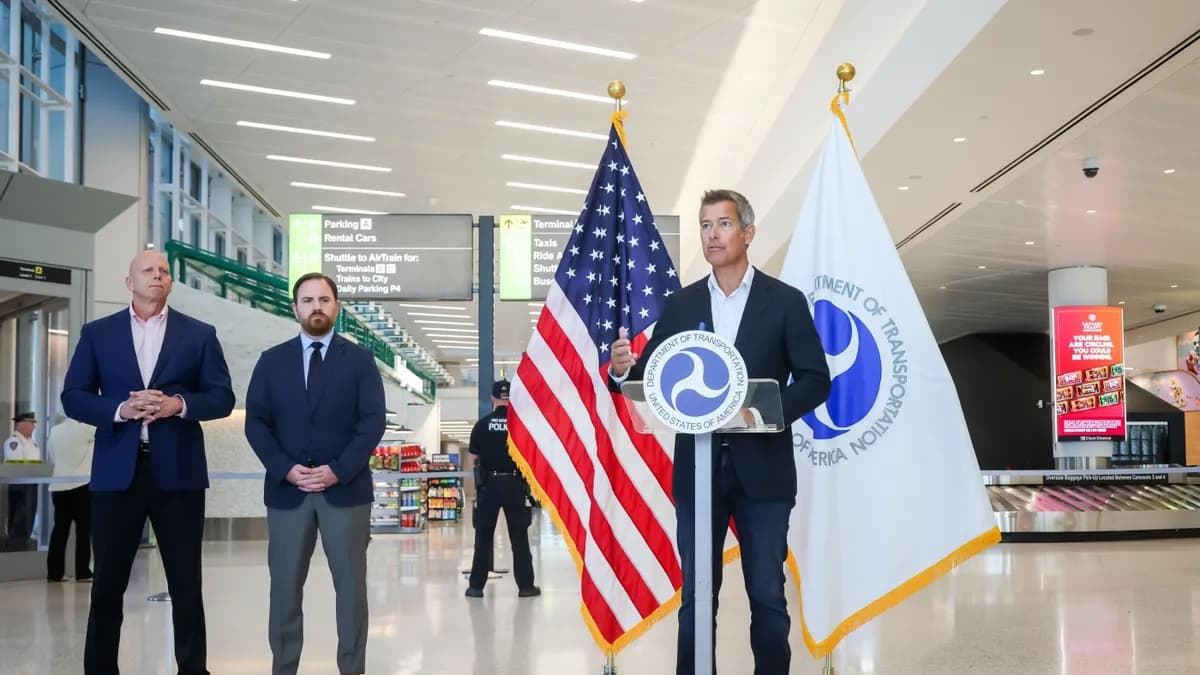Container Ship Blaze at Port of Los Angeles Contained After Hazmat Scare
A fire aboard the container ship One Henry Hudson at the Yusen Container Terminal in San Pedro sent thick smoke across Los Angeles on Friday evening, prompting evacuations and shelter in place orders for nearby neighborhoods. Authorities evacuated all 23 crew members with no injuries reported, and by Saturday officials said the blaze was "substantially contained" while probes into the cause and environmental risks began.

A large fire aboard the container ship One Henry Hudson at the Yusen Container Terminal in San Pedro erupted on the evening of November 22, sending a plume of thick smoke across parts of Los Angeles and prompting rapid emergency response from land based firefighters and marine units. All 23 crew members were evacuated with no reported injuries, but authorities identified hazardous materials among containers on board, activating temporary shelter in place orders for residents in San Pedro and Wilmington.
Firefighting teams worked through the night and into Saturday, cooling the vessel and extinguishing remaining hotspots. The ship was towed away from its berth to permit safer access and to limit immediate risk to terminal infrastructure. Port officials temporarily suspended some terminal operations while agencies assessed contamination risks and the potential for air or water pollution. On Saturday officials said the blaze was "substantially contained" and authorities lifted the shelter in place orders as terminal activity resumed in stages.
The U.S. Coast Guard established a safety zone around the vessel and coordinated with port authorities and federal agencies to monitor maritime safety and environmental exposure. Investigations are under way into the origin of the fire and any environmental impacts, a process that will likely involve port regulators, federal maritime safety investigators, and environmental monitoring teams. Port officials said they were assessing container manifests and damage to determine what hazardous materials were on board and whether containment or cleanup will be required.
The incident underscores persistent challenges at major U.S. ports for managing hazardous cargo and protecting adjacent communities. The Port of Los Angeles handles a large share of the nation’s containerized trade, and disruptions at its terminals can ripple through supply chains, affecting cargo flows, truck and rail schedules, and regional logistics capacity. While this fire appears to have been brought under control without injuries, the presence of hazardous materials elevates scrutiny of stowage practices, manifest accuracy, and terminal emergency protocols.
Local emergency management must now balance immediate public health monitoring with longer term scrutiny of operational safeguards. Residents exposed to smoke and soot will rely on air quality testing and transparent reporting from public agencies. The staged resumption of terminal operations aims to limit economic disruption, but port managers face pressure to demonstrate that cargo handling and safety procedures prevented broader contamination and that lessons will be acted upon quickly.
As federal and port investigations proceed, elected officials and community leaders are likely to press for clarity on how hazardous materials were documented and stored, and whether current inspections and enforcement regimes are adequate. The incident will also test interagency coordination among the Coast Guard, port authorities, and environmental regulators, and it may prompt renewed debate over policy changes to strengthen oversight of hazardous cargo in densely populated port neighborhoods.
For now, the focus remains on verifying the extent of environmental impacts and restoring full terminal operations while ensuring community safety. Authorities said investigations will determine both the cause of the fire and any necessary remediation steps.


